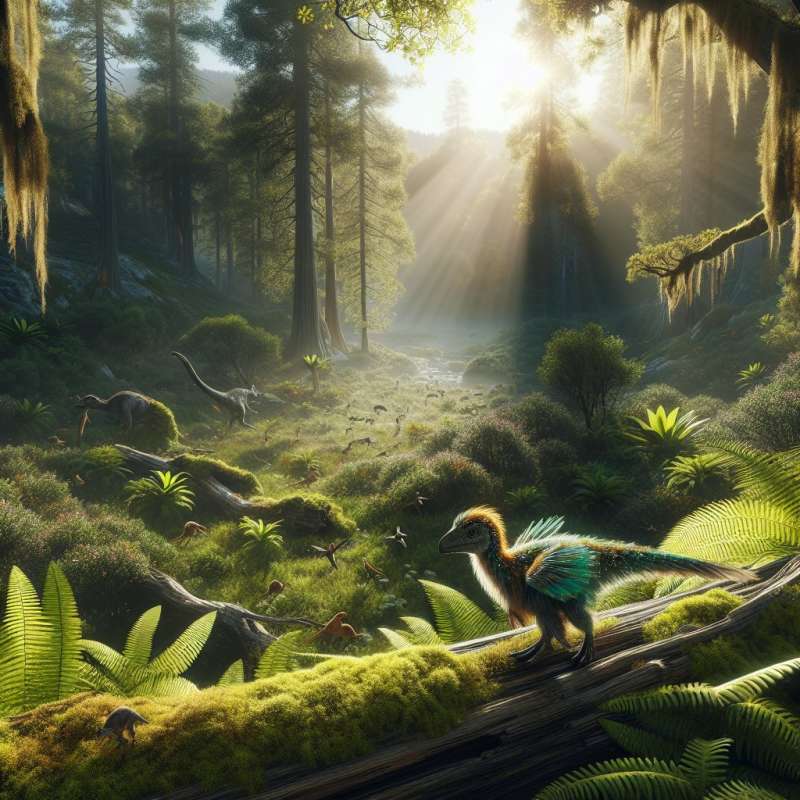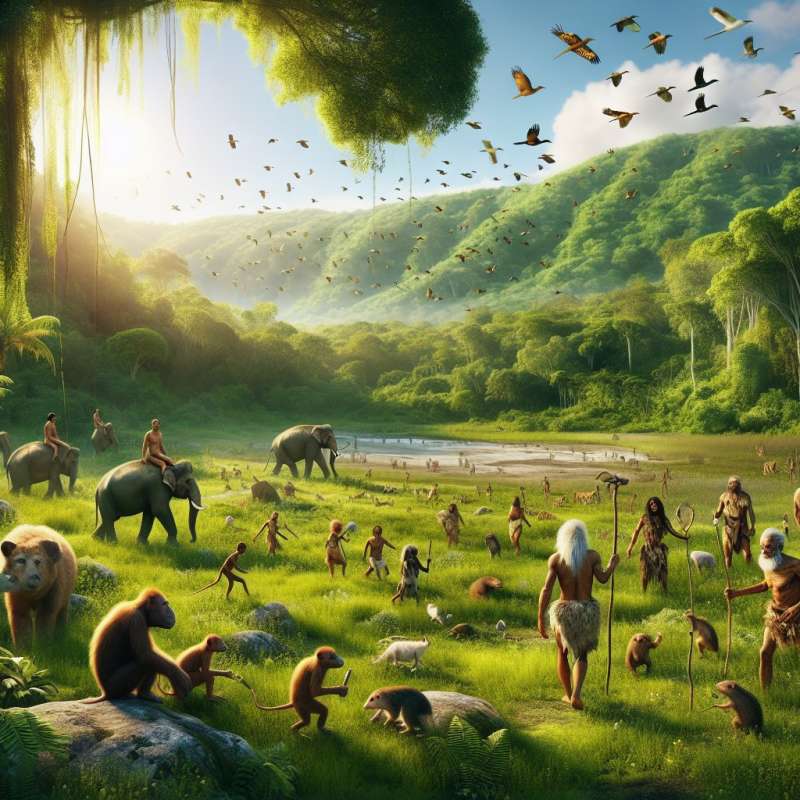
The Great Dying Event
The Cretaceous-Tertiary extinction, occurring approximately 66 million years ago, marks a mass extinction of nearly 75% of Earth's species, including all non-avian dinosaurs.
Asteroid Impact Hypothesis
A leading theory suggests a colossal asteroid impact caused the extinction. Evidence includes a worldwide layer of iridium, an element common in asteroids, dating to the event.
Chicxulub Crater Discovery
The Chicxulub crater, under Mexico's Yucatán Peninsula, is dated to the extinction period. Its 180-kilometer diameter aligns with the asteroid impact theory's expected devastation.
Deccan Traps Volcanism
Massive volcanic eruptions in the Deccan Traps, India, also coincide with the extinction. These eruptions could have exacerbated global climate changes, aiding the mass extinction.
Darkness and Cooling
Post-impact, soot and ash likely enveloped Earth, blocking sunlight. This sudden climate shift, with cooling temperatures and halted photosynthesis, devastated ecosystems.
Selective Survival
Not all life perished; species small and adaptable survived, including ancestors of modern birds. These survivors repopulated and diversified into ecological niches left vacant.
Recovery and Radiation
Post-extinction, the rapid evolution called 'radiation' filled empty habitats. It spurred the dominance of mammals and the eventual rise of human ancestors.Fossilized Raindrops
Fossils of raindrop imprints from the period suggest a sudden cooling, corroborating theories of post-impact climate change.
What did the Cretaceous-Tertiary event eliminate?
All avian dinosaurs
75% of species, non-avian dinosaurs
Human ancestors
Company